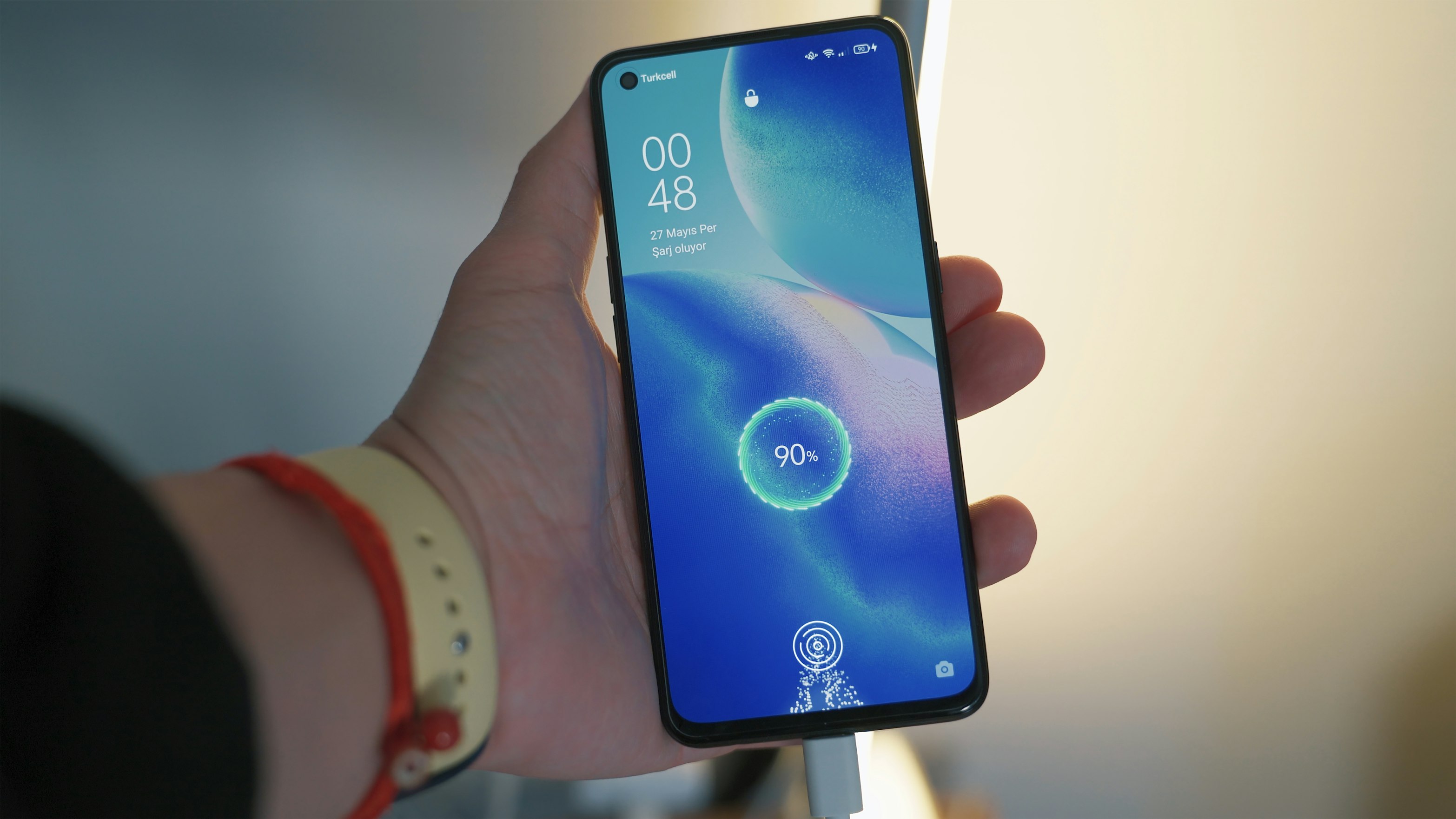In Windows, the files that we delete are moved to the Recycle Bin. That gives us the option to restore them later. While that’s useful, it’s also equally important to empty the Recycle Bin every now and then. If you often forget to empty the Recycle Bin, the smart thing to do is to automate the task.
By scheduling Windows to empty your Recycle Bin automatically, you will prevent your storage space from filling up quickly. In this post, we will discuss the ways to automate the process of emptying the Recycle Bin and the ways to prevent Windows from automatically deleting files in Windows 11. So let’s go right away. Following the launch of Windows, Microsoft launched a series of updates to the operating system. In today’s world, Microsoft’s Windows 11 iso download in 32-bit and 64-bit versions.

How to schedule Windows to empty the recycle bin
There are a couple of ways to automatically delete files from the Recycle Bin. You can use the Storage Sense option in the Windows 11 settings menu or use Task Scheduler to schedule the task to repeat periodically. Here they are both.
Method 1
You can enable and configure Storage Sense in Windows 10 to empty the Recycle Bin automatically.
Step 1: Press Windows Key + I to open Settings and go to System.
Step 2: There, navigate to the Storage settings using the left sidebar. On your right, turn on the Storage Sense option if it isn’t already. After that, click Configure Storage Sense or run it now.
Step 3: On the next page, check the box ‘Delete temporary files that my apps are not using’ under Temporary files. After that, use the drop-down menu to select from the available time period options.
You can choose to purge the contents of the recycle bin daily, bi-weekly, monthly, or once every two months.
Once configured, Windows will automatically empty the files from the Recycle Bin.
Also, checkout 5 solutions to fix memory card not recognised on Windows PC
Method 2
Alternatively, if you want more options while setting a schedule to empty the Recycle Bin, you can use the Task Scheduler in Windows 10.
Step 1: Open the Start menu, type Task Scheduler, and press Enter. In the Task Scheduler window that opens, right-click Task Scheduler Library and select New Folder. Give that folder an appropriate name, such as ‘New Task’.
Step 2: Right-click on the newly created folder and choose to Create Task option from the list.
Step 3: In the Create Task window, give this task a suitable name, such as “Automatically delete the recycle bin”.
Step 4: Now switch to the Triggers tab and click the New button to configure a trigger for this particular task.
Step 5: Here, you can choose from the multiple ways to start the task. For example, you can choose to start the task on a schedule, at login, at startup, and so on.
Then enter an appropriate date and time and then select to set it to repeat daily, weekly, or monthly. Then click OK.
Additionally, you can also set an expiration date for this trigger in the Advanced Settings.
Step 6: Now switch to the Actions tab and select New.
Step 7: In Settings, in the Programs/script box, type cmd.exe. In the Add arguments box, paste the command below and press OK. Then select OK again.
/ c “echo Y | PowerShell.exe -NoProfile -Command Clear-RecycleBin”
Now that the task has been created successfully, it will automatically empty the Recycle Bin as long as the activation conditions are met.
Read More Top 6 Fax Software for Windows 7 (apps available for Android too)






